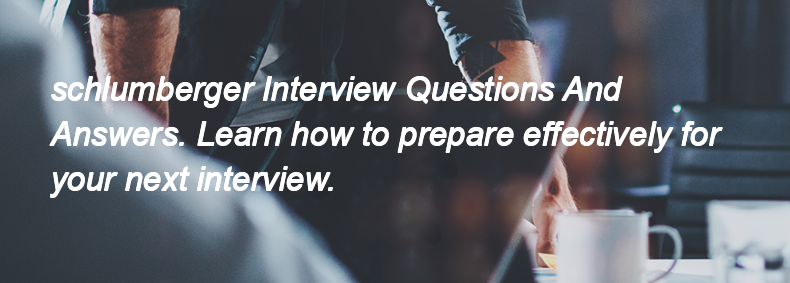Ques:- What are the different types of data analysis
Asked In :-
Unyscape Infocom Pvt. Ltd., Vinove Software & Services Pvt Ltd, Medvarsity Online, Hidden Brains InfoTech, WSNE Consulting, Ziffity Solutions, Indocosmo Systems, Born Commerce, Namecheap Web Services, Infinity Labs LLP,
Right Answer:
The different types of data analysis are:
1. Descriptive Analysis
2. Diagnostic Analysis
3. Predictive Analysis
4. Prescriptive Analysis
5. Exploratory Analysis
The different types of data analysis are:
1. Descriptive Analysis
2. Diagnostic Analysis
3. Predictive Analysis
4. Prescriptive Analysis
5. Exploratory Analysis

